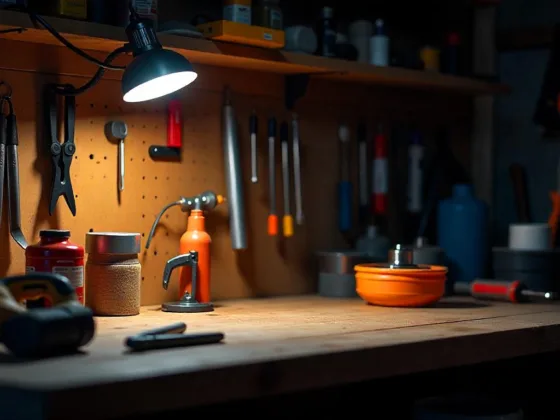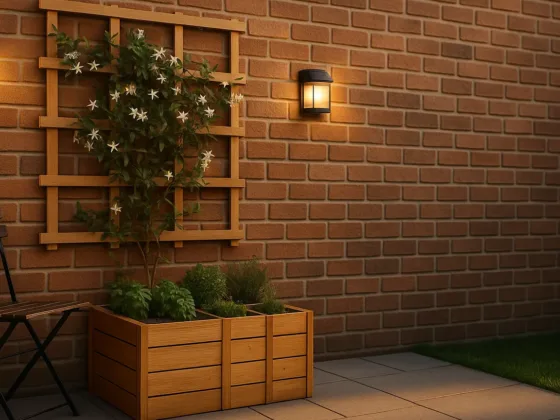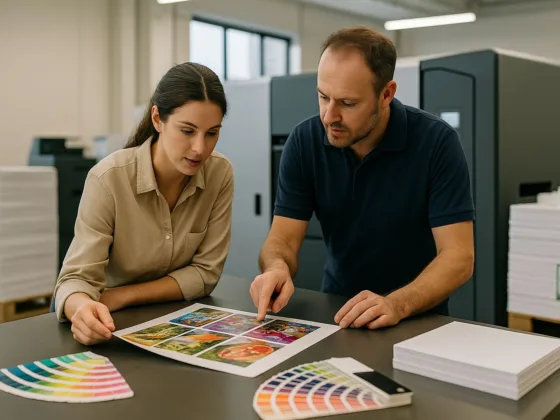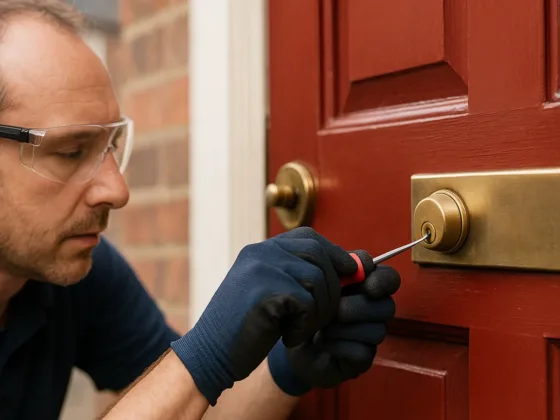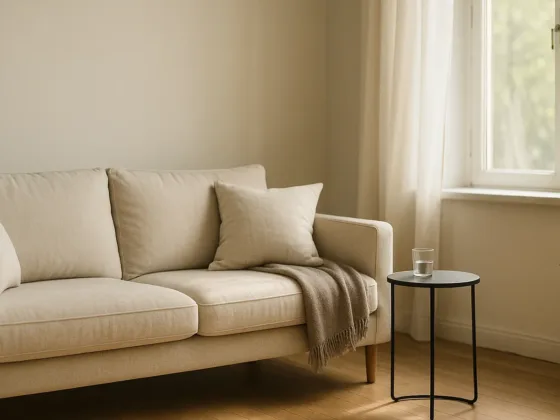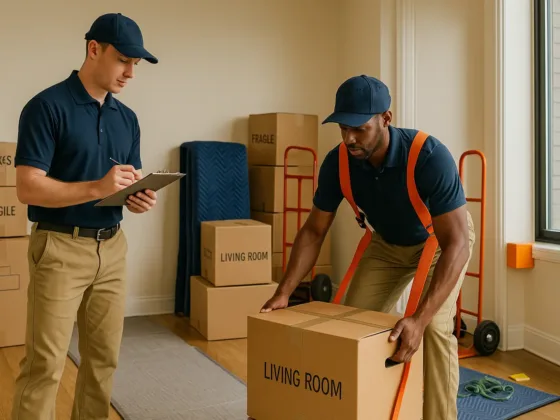Table of Contents Show
Imagine finally stepping across the threshold of your new home and feeling that rush of, “This is mine.” Then you spot a nasty gash in the hardwood, left behind by that stubborn dresser, or you hear the sickening thud of a corner-dropped tabletop thumping on fresh laminate. Ugh, déjà vu, right? Plenty of people have been there, and plenty still wince at the memory.
Understanding Your Floor Types and Their Vulnerabilities
Before we slap on blankets or tall stacks of cardboard, we should figure out what kind of floor is under those boxes. Oak, bamboo, and vinyl have their soft spots and hard knocks, and the right shield depends on the answer.
Hardwood Floors: The Beautiful but Vulnerable
Nothing says welcome home quite like shiny hardwood. Still, that gorgeous wood is not as tough as it looks. Researchers for the Wood Floor Covering Association found that moving a couch or coffee table causes 85% of all hardwood damage. The wood fibers squash under the weight and leave a dent that you can feel the moment you step on it. Drag the same piece of furniture an inch, and it will carve a scratch that sparkles in every beam of afternoon sun.
Laminate Flooring: Deceptively Delicate
Walk on laminate and you might think you just beat the system. The boards shrug off spills better than solid wood, yet their surface layer is surprisingly brittle. Interior designer Sarah Richardson warns that heavy chairs dropped right at the seam can chip or even split the plank apart. Once that lip lifts, the floor goes from looking flawless to needing an emergency repair.
Related reading: Laminate vs Hardwood Flooring: Which Is Right for You?
Tile and Stone: Heavy-Duty but Not Indestructible
Ceramics, porcelain, and natural stone laugh off everyday footsteps. A dropped pot can crack them in a split second, though. The Tile Council of North America reports that grout lines take the worst of it; roughly 40% of all tile damage during a move shows up there first. If you want proof, try swapping out a dresser and watch the lines separate like a zipper that finally gave up.
Luxury Vinyl and LVP: The New Kid on the Block
Luxury vinyl plank, or LVP for short, has burst onto the flooring scene and won fans overnight. People love how tough it feels, but that toughness still comes with a catch: sharp chair legs can jab right through, and a heavy buffet might leave a mark that doesn’t pop back.
Carpet: The Forgiving Friend
Carpet is hands-down the softest choice when you drop a heavy box, yet even shag has its limits. The Carpet and Rug Institute says anything weighing over 300 pounds is pretty much guaranteed to ruin the fibers for good.
Essential Tools and Materials for Floor Protection
Success in furniture moving starts with having the right gear. Here’s your comprehensive toolkit:
Furniture Sliders: Your Best Friend
Furniture sliders look like simple foam or felt discs, but they are silent heroes. Slip one under a couch leg, push gently, and the thing glides instead of grinds. Pros reckon good sliders cut floor damage by nearly 90 percent, so spend a few bucks on the right set.
Moving Blankets and Padding
Heavy-duty moving blankets do more than pad your grandma’s china; they double as a runway for rolling furniture. Unroll one first and chairs, dressers, or anything else, slide politely instead of scraping the surface. The fabric spreads the weight, keeps scratches at bay, and makes you look like a moving wizard.
Cardboard and Plywood Sheets
When you’re hauling something really heavy, a quick patch of cardboard or thin plywood acts like a cushion. Mike Torres, a veteran moving consultant, once told me, Snowshoes for your furniture. Spread the weight, and you dodge those nasty little pressure gauges.
Related reading: 6 Tips to Moving Heavy Furniture
When to Call in the Professionals
Sometimes, the smartest move is knowing when not to move furniture yourself. Hiring a moving crew means folks who have already lifted a thousand dining sets in snowstorms. Sometimes that little safety cushion is cheaper than the dentist, much less a refinisher.
Move4U Movers specializes in floor-friendly furniture relocation with a track record of damage-free moves. Moving experts use commercial-grade floor protection systems and have perfected techniques for handling everything from antique pianos to modern sectional sofas. What sets professional services like Move4U Movers apart is their comprehensive approach to floor protection:
- Specialized Equipment: Professional movers use industrial-grade sliders, pneumatic dollies, and custom padding systems not available to consumers.
- Trained Expertise: Their crews understand weight distribution, proper lifting biomechanics, and how different furniture materials interact with various floor types.
- Insurance Coverage: Professional services provide liability protection for both your furniture and your floors, offering peace of mind that DIY moves can’t match.
- Time Efficiency: What might take you an entire weekend, professionals can often complete in hours, reducing the overall risk exposure for your floors.
Pre-Move Preparation: Setting Yourself Up for Success
Clean Everything First
It sounds simple, yet months-old grit under a sofa can scuff a hardwood floor like sandpaper. Give the floors a swift vacuum and wipe the feet of chairs or tables before anything is budgeted.
Map Your Route
Sketch the journey a dresser must take through every doorway. Measure each passage and stair so you aren’t forced to pivot a heavy piece in a cramped hallway. Interior designer Lisa Quinn once told a client that a two-minute map could save an hour of uphill wrestling.
Remove or Secure Loose Items
Area rugs that aren’t tacked down will try to cling to moving furniture, and stray cables will gladly trip you. Pull every throw rug, toy, and loose cord out of the path, even if that means a short detour to the garage.
During the Move: Execution Techniques
The Proper Lifting Technique
Always grip a cabinet beneath its frame; handles and ornamental trim are too weak. Keep the piece level to spare the edges of the flooring. Safety research shows measured, even deliberate lifts slash scuffing by three-quarters compared to frantic tugs.
The Slider Method
Sliders are small miracles. Slip them under every contact point and, yes, that usually means all four corners plus the center if you’ve got a heavy sofa. Four to six is the sweet spot for a big dresser, and pushing beats pulling almost every time, fingers and the floors will thank you.
The Pathway Protection Method
When a refrigerator or solid maple heirloom is traveling, floor courage is thin. Drape moving blankets, or cheap cardboard if that’s what you’ve got, to build a runway that laughs at the weight. Mess up the floor, and the move is still painful tomorrow.
Advanced Techniques for Challenging Situations
Stairs are the real boss level, no question. Slip old towels or thicker padding over the edges to cushion both wood and appliance, then eyeball stair climbers if you’re wrestling a washer. Dragging anything down steps removes questions of whether it will fit; by the time you’re done, it flat-out won’t.
Related reading: How to Move Heavy Furniture Without Damage
Dealing with Tight Corners
Corners are like traffic roundabouts, and the wrong turn dings everything. Wrap walls in moving blankets and brace the floor beforehand to absorb that first sharp pivot. Talk it out, move it slowly, and catch the edge with your shoulder before the furniture does.
Managing Different Floor Transitions
Moving from hardwood to tile, or from carpet to laminate, requires adjusting your protection strategy. Change slider types as needed, and be extra cautious at transition strips where floors are most vulnerable.
Final Thoughts: Protecting Your Investment
Remember, every professional mover started as someone learning these techniques for the first time. Don’t be discouraged if your first attempts aren’t perfect—with practice and attention to detail, you’ll develop the skills to move furniture like a pro while keeping your floors pristine. The key is patience, preparation, and never rushing the process. Your floors (and your back) will thank you for taking the time to do it right.


